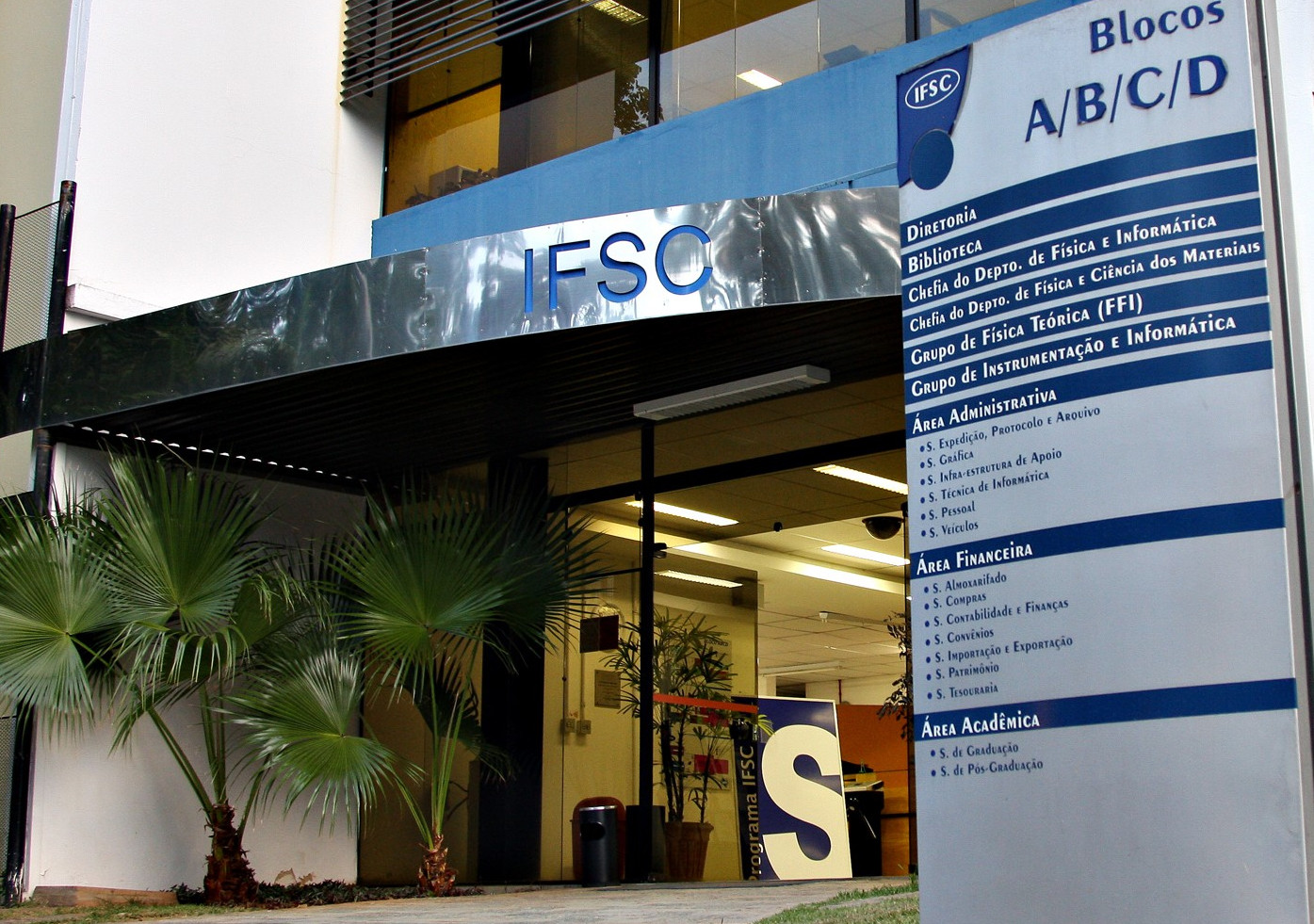 Spinless bosons in optical lattices reveal a generic quantum phase transition once the depth of the potential wells is tuned. When the on-site interaction energy is small compared to the hopping energy, the ground state is superfluid, as the bosons are delocalized and phase coherent over the whole lattice. In the opposite limit, where the on-site interaction energy dominates over the hopping energy, the ground state is a Mott insulator, as each boson is trapped in one of the respective potential minima.
Spinless bosons in optical lattices reveal a generic quantum phase transition once the depth of the potential wells is tuned. When the on-site interaction energy is small compared to the hopping energy, the ground state is superfluid, as the bosons are delocalized and phase coherent over the whole lattice. In the opposite limit, where the on-site interaction energy dominates over the hopping energy, the ground state is a Mott insulator, as each boson is trapped in one of the respective potential minima.
In order to describe both thermodynamic and dynamic properties of this quantum phase transition we developed a Ginzburg-Landau theory [1,2]. To this end we started from the microscopic Bose-Hubbard model, applied diagrammatic techniques within a systematic strong-coupling expansion, and calculated the underlying effective action. Already the first beyond mean-field order exhibits for the boundary of the quantum phase transition in a three-dimensional cubic lattice a relative error of less than 3% when compared with most recent Quantum Monte Carlo simulations [1]. Higher orders turn out to be so accurate that they even allow for the calculation of critical exponents [3]. Furthermore, the Ginzburg-Landau theory yields excitation spectra both in the Mott and the superfluid phase, which agree qualitatively with recent experiments [4].
Finally, we discuss three intriguing examples how the quantum phase transition of bosons in optical lattices can be tuned. In the first example we consider a spinor Bose gas loaded into a three-dimensional cubic optical lattice, where the different superfluid phases of spin-1 bosons are tunable due to the presence of an external magnetic field [5]. Then we deal with interacting bosons in an optical lattice with a periodic modulation of the s-wave scattering length, so the location of the quantum phase boundary turns out to depend quite sensitively on both driving amplitude and frequency [6]. Afterwards, we study the Bose-Hubbard model for the optical Kagome superlattice, where the delicate interplay between onsite repulsion and artificial symmetry breaking yields an anisotropic superfluid density, whose directional dependence is tunable by several system parameters [7,8].
[1] F.E.A. dos Santos and A. Pelster, Phys. Rev. A 79, 013614 (2009) [2] B. Bradlyn, F.E.A. dos Santos, and A. Pelster, Phys. Rev. A 79, 01361 (2009) [3] D. Hinrichs, A. Pelster, and M. Holthaus, Applied Physics B 113, 57 (2013) [4] T.D. Grass, F.E.A. dos Santos, and A. Pelster, Phys. Rev. A 84, 013613 (2011) [5] M. Mobarak and A. Pelster, Laser Phys. Lett. 10, 115501 (2013) [6] T. Wang, X.-F. Zhang, F.E.A. dos Santos, S. Eggert, and A. Pelster, Phys. Rev. A 90, 013633 (2014) [7] T. Wang, X.-F. Zhang, S. Eggert, and A. Pelster, Phys. Rev. A 87, 063615 (2013) [8] X.-F. Zhang, T. Wang, S. Eggert, and A. Pelster, Phys. Rev. B 92, 014512 (2015)
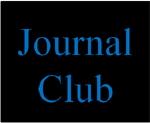 The emergence of techniques for producing cold and ultracold molecules triggered a wide research on the area in the last years, both in theory and experiment. Several theoretical proposals rely on the production of molecular ensembles in a single quantum state, thus the search for molecules in their ro-vibrational ground state has become an important experimental challenge. In our laboratory, we produce cold molecules from cold atoms via photoassociation (PA) process. For this presentation, I will talk about the latest developments of our group in the search for vibrationally cooled molecules of Rb2 and KRb. We begin discussing the basic theoretical treatment of molecules and the transitions between vibra¬tional levels. Later, we shall discuss the experimental methods, including the atomic trapping and cooling, molecular production and vibrational cooling via optical pumping. A new setup that is being developed for the experiment will be presented. Finally, I will show our previous results concerning to the pro¬duction of molecules, as well as the perspectives for reaching the fundamental vibrational state with the new experimental setup.
The emergence of techniques for producing cold and ultracold molecules triggered a wide research on the area in the last years, both in theory and experiment. Several theoretical proposals rely on the production of molecular ensembles in a single quantum state, thus the search for molecules in their ro-vibrational ground state has become an important experimental challenge. In our laboratory, we produce cold molecules from cold atoms via photoassociation (PA) process. For this presentation, I will talk about the latest developments of our group in the search for vibrationally cooled molecules of Rb2 and KRb. We begin discussing the basic theoretical treatment of molecules and the transitions between vibra¬tional levels. Later, we shall discuss the experimental methods, including the atomic trapping and cooling, molecular production and vibrational cooling via optical pumping. A new setup that is being developed for the experiment will be presented. Finally, I will show our previous results concerning to the pro¬duction of molecules, as well as the perspectives for reaching the fundamental vibrational state with the new experimental setup.



 The Skyrme model is a low energy effective field theory of strong interactions where nuclei and baryons appear as collective excitations of pionic degrees of freedom. Proposed by Tony Skyrme in the sixties, his ideas received further support when it was discovered that in the limit of the large number of colours of QCD, an effective theory of mesons arises.
The Skyrme model is a low energy effective field theory of strong interactions where nuclei and baryons appear as collective excitations of pionic degrees of freedom. Proposed by Tony Skyrme in the sixties, his ideas received further support when it was discovered that in the limit of the large number of colours of QCD, an effective theory of mesons arises.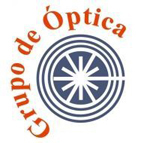 adulta, causando significativo impacto social e econômico devido a sua natureza recorrente e ao longo periodo de cicatrização, gerando impacto sobre a qualidade de vida e a produtividade da população. São consideradas um problema de saúde publica devido a sua alta incidência e recorrência e ao longo periodo de tratamento e representam 70 a 90% do total de úlceras de membros inferiores. Nosso projeto visa, através do uso de três ferramentas (Terapia Fotodinâmica, laserterapia e biomembrana de celulose), o tratamento das úlceras venosas juntando dessa forma o controle microbiológico local e bioestimulação do processo de cicatrização.
adulta, causando significativo impacto social e econômico devido a sua natureza recorrente e ao longo periodo de cicatrização, gerando impacto sobre a qualidade de vida e a produtividade da população. São consideradas um problema de saúde publica devido a sua alta incidência e recorrência e ao longo periodo de tratamento e representam 70 a 90% do total de úlceras de membros inferiores. Nosso projeto visa, através do uso de três ferramentas (Terapia Fotodinâmica, laserterapia e biomembrana de celulose), o tratamento das úlceras venosas juntando dessa forma o controle microbiológico local e bioestimulação do processo de cicatrização. industry worldwide and in Brazil, and the role of physics in enabling the development of the industry. It will examine how electromagnetic, acoustic, nuclear and magnetic resonance technologies are used in the oil industry today and the potential for improving these methods through new sensor developments, signal processing techniques and theoretical modeling to help meet the challenge of developing the recently discovered Pre-salt oil fields offshore Brazil.
industry worldwide and in Brazil, and the role of physics in enabling the development of the industry. It will examine how electromagnetic, acoustic, nuclear and magnetic resonance technologies are used in the oil industry today and the potential for improving these methods through new sensor developments, signal processing techniques and theoretical modeling to help meet the challenge of developing the recently discovered Pre-salt oil fields offshore Brazil.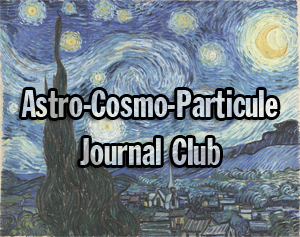 A proposta do programa é reunir estudantes e cientistas interessados em discutir temas relevantes na física de partículas, cosmologia e astrofísica de partículas.
A proposta do programa é reunir estudantes e cientistas interessados em discutir temas relevantes na física de partículas, cosmologia e astrofísica de partículas.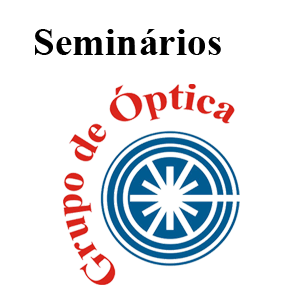 Com clima diversificado e terras férteis, o Brasil tem vocação natural para o desenvolvimento agropecuário e todas as suas vertentes. Assim, o agronegócio é hoje a principal locomotiva da economia brasileira, representando cerca de um terço do nosso Produto Interno Bruto (PIB). Nesse contexto, o Brasil é o terceiro maior produtor de frutas do planeta, com destaque para a produção de laranjas. Particularmente, o país lidera a produção mundial de suco de laranja e conta com uma participação de 85% nas exportações deste produto. Porém, um dos principais fatores atuais que restringem os lucros e a expansão da citricultura é o controle fitossanitário. Atualmente, dentre as principais doenças podemos destacar o HLB. Doença bacteriana, que não têm cura, compromete a produção e desenvolvimento da fruta e leva à morte da árvore. Portanto, o monitoramento desta é fundamental para evitar danos aos frutos e a necessidade da erradicação de plantações inteiras. Assim, é incontestável a necessidade de instrumentação que permita respostas cada vez mais rápidas e economicamente viáveis, auxiliando no manejo da doença dada à necessidade competitiva do setor. Neste seminário serão exibidos alguns dos resultados obtidos a respeito da avaliação do emprego das técnicas de Espectroscopia de Fluorescência Induzida por Laser (LIFS) e Espectroscopia de Emissão Óptica com Plasma Induzido por Laser (LIBS) como ferramentas de diagnóstico do HLB, se apresentando como uma alternativa às inspeções visuais e ao PCR utilizados atualmente.
Com clima diversificado e terras férteis, o Brasil tem vocação natural para o desenvolvimento agropecuário e todas as suas vertentes. Assim, o agronegócio é hoje a principal locomotiva da economia brasileira, representando cerca de um terço do nosso Produto Interno Bruto (PIB). Nesse contexto, o Brasil é o terceiro maior produtor de frutas do planeta, com destaque para a produção de laranjas. Particularmente, o país lidera a produção mundial de suco de laranja e conta com uma participação de 85% nas exportações deste produto. Porém, um dos principais fatores atuais que restringem os lucros e a expansão da citricultura é o controle fitossanitário. Atualmente, dentre as principais doenças podemos destacar o HLB. Doença bacteriana, que não têm cura, compromete a produção e desenvolvimento da fruta e leva à morte da árvore. Portanto, o monitoramento desta é fundamental para evitar danos aos frutos e a necessidade da erradicação de plantações inteiras. Assim, é incontestável a necessidade de instrumentação que permita respostas cada vez mais rápidas e economicamente viáveis, auxiliando no manejo da doença dada à necessidade competitiva do setor. Neste seminário serão exibidos alguns dos resultados obtidos a respeito da avaliação do emprego das técnicas de Espectroscopia de Fluorescência Induzida por Laser (LIFS) e Espectroscopia de Emissão Óptica com Plasma Induzido por Laser (LIBS) como ferramentas de diagnóstico do HLB, se apresentando como uma alternativa às inspeções visuais e ao PCR utilizados atualmente. Será apresentado um breve histórico da Astronomia Brasileira, principalmente nos aspectos observacionais. Também será apresentada uma perspectiva das futuras gerações de mega-telescópios. Em particular, será detalhado o GMT (Giant Magellan Telescope) – sua concepção e perspectivas científicas. Também será discutido o potencial de desenvolvimento instrumental e participação da indústria do estado de São Paulo, tendo em vista o investimento feito pela FAPESP.
Será apresentado um breve histórico da Astronomia Brasileira, principalmente nos aspectos observacionais. Também será apresentada uma perspectiva das futuras gerações de mega-telescópios. Em particular, será detalhado o GMT (Giant Magellan Telescope) – sua concepção e perspectivas científicas. Também será discutido o potencial de desenvolvimento instrumental e participação da indústria do estado de São Paulo, tendo em vista o investimento feito pela FAPESP. 1. Grant MAA, Kazamia E, Cicuta P, Smith AG (2014) Direct exchange of vitamin B12 is demonstrated by modelling the growth dynamics of algal-bacterial coculture. ISME J doi: 10.1038/ismej.2014.9.
1. Grant MAA, Kazamia E, Cicuta P, Smith AG (2014) Direct exchange of vitamin B12 is demonstrated by modelling the growth dynamics of algal-bacterial coculture. ISME J doi: 10.1038/ismej.2014.9.